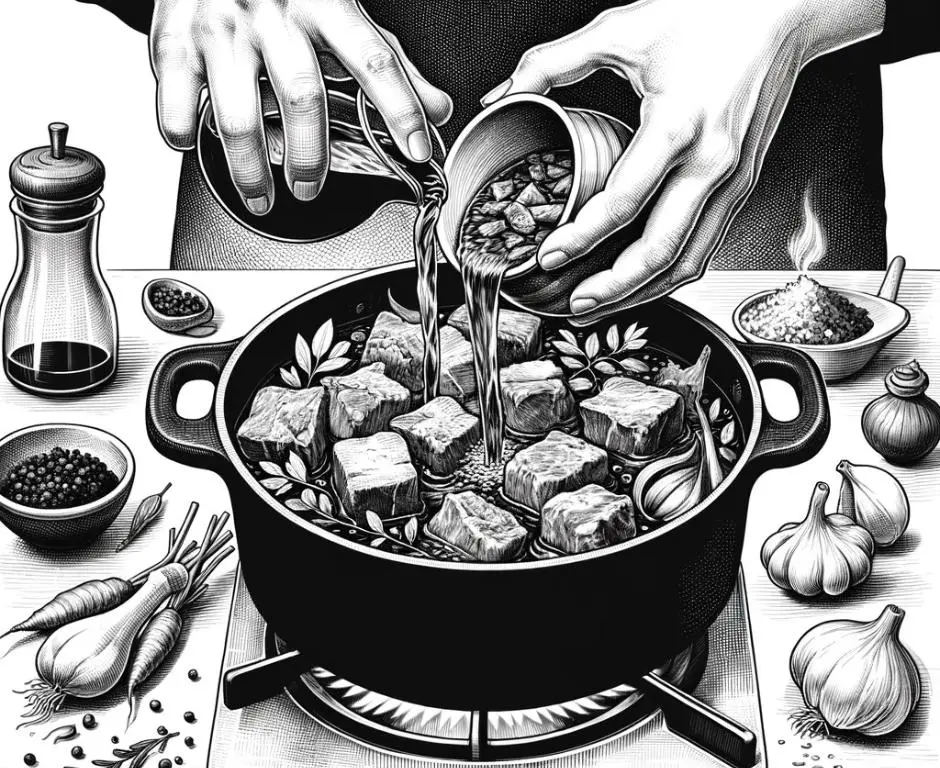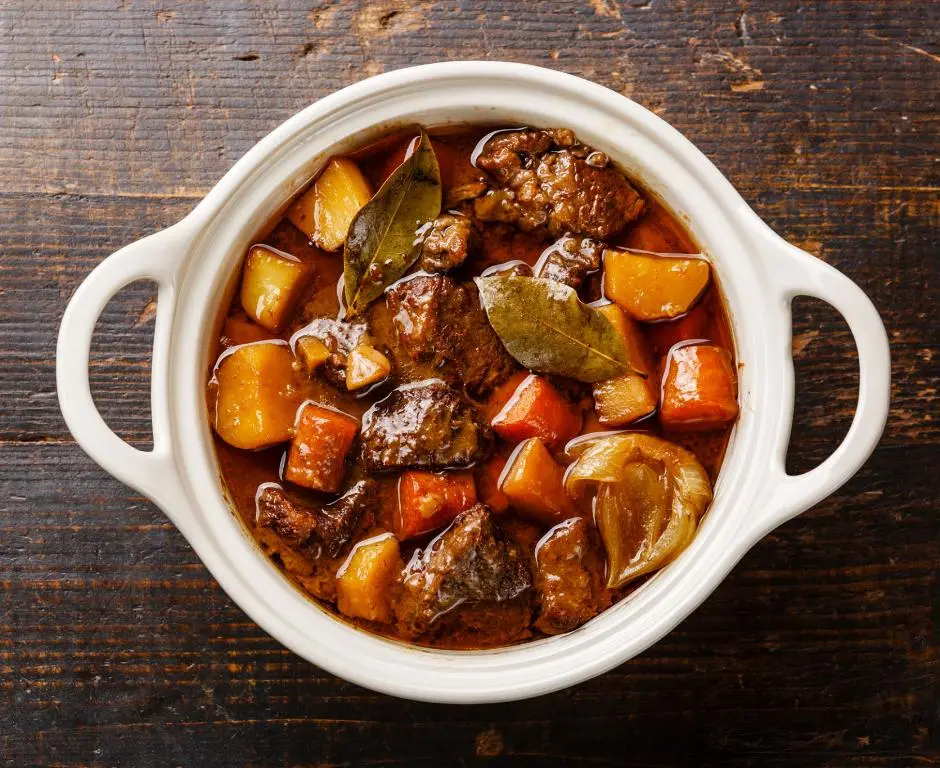Stewing and braising are two of the most cherished cooking techniques in the culinary world, especially when it comes to transforming tougher cuts of meat into succulent, tender dishes.
Both methods involve slow-cooking meat in liquid, but each has its unique nuances that can enhance different types of dishes.
In this guide, we will explore the essential steps for both stewing and braising, helping you understand when and how to use each technique to achieve mouthwatering results.
What is Stewing and Braising?
Stewing and braising are similar cooking methods that combine slow cooking with moist heat. Both techniques are excellent for breaking down tougher cuts of meat, making them extremely tender and flavorful. However, there are some key differences:
- Braising: Typically involves larger cuts of meat, which are first seared and then cooked slowly in a small amount of liquid in a covered pot. This method is great for both vegetables and meats.
- Stewing: Usually uses smaller, uniform pieces of meat, fully submerged in more liquid, and often includes vegetables cooked together, making it more of a one-pot meal.
Best Cuts for Stewing and Braising
Selecting the right cuts of meat is crucial for successful stewing and braising:
- Beef: Chuck, brisket, and round are excellent for both techniques.
- Pork: Shoulder and ribs are ideal choices.
- Lamb: Shoulder and shank lend themselves well to these methods.
- Chicken: Thighs and drumsticks work best for poultry.
These cuts typically have higher amounts of connective tissue and fat, which break down during the slow cooking process and contribute to a rich, flavorful dish.
Step-by-Step Guide to Stewing and Braising
Equipment Needed:
- Heavy-bottomed pot or Dutch oven
- Meat thermometer
- Tongs
Cooking Steps:
Preparation:
For braising, begin by searing the meat on all sides in a hot pan with a bit of oil to develop flavor through caramelization.
For stewing, the meat is usually not seared, though some recipes may include this step for extra flavor.
Adding Liquids and Aromatics:
For braising, add enough broth, wine, or water to come halfway up the sides of the meat. Include aromatics like onions, garlic, and herbs.
For stewing, submerge the meat pieces and vegetables in stock or water, ensuring they are fully covered.

Slow Cooking:
Bring the liquid to a simmer, then reduce the heat. Cover the pot tightly for both methods.
Cook on low heat on the stovetop or in an oven set to around 325°F (163°C). Braising times vary from 1.5 to 3 hours depending on the meat size, while stewing may take a bit longer due to the smaller pieces of meat.
Finishing:
For both methods, the meat should be fork-tender when done. Remove the meat, and if desired, reduce the sauce to concentrate the flavors before serving.
Tips for Perfect Stewing and Braising
- Low and Slow: Patience is key; both techniques require slow cooking at low temperatures to break down tough fibers without drying out the meat.
- Keep It Covered: Make sure the pot lid fits snugly to prevent moisture loss.
- Check the Liquid: Ensure there’s always enough liquid to prevent burning and promote even cooking.
Common Mistakes to Avoid
- Rushing the Process: High heat can cause the meat to toughen rather than tenderize.
- Overcrowding the Pan: When searing meat for braising, give each piece enough space to ensure it browns nicely.
- Neglecting to Season: Properly season your meat and cooking liquid to enhance the dish’s overall flavor.
Conclusion
Stewing and braising are art forms in their own right, perfect for colder months or any time you crave comfort food. By mastering these techniques, you can turn inexpensive cuts of meat into rich, luxurious meals that are sure to impress.
Whether you’re feeding a family or entertaining guests, these methods are indispensable in your cooking repertoire.
